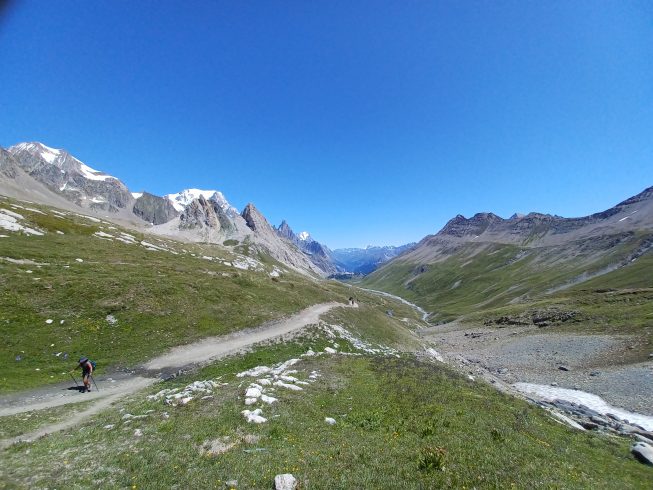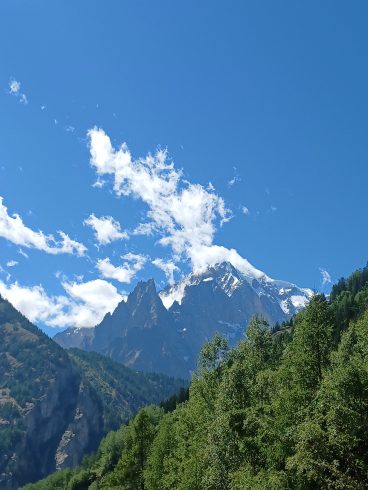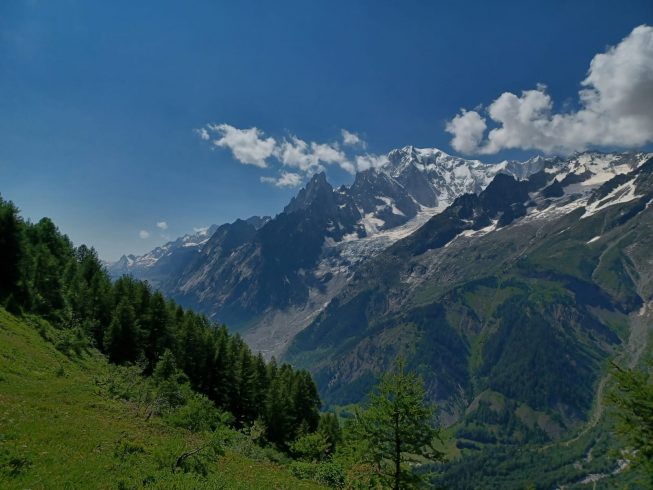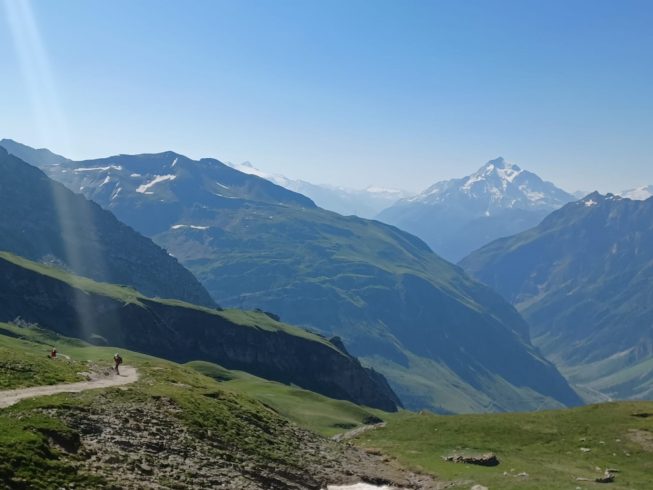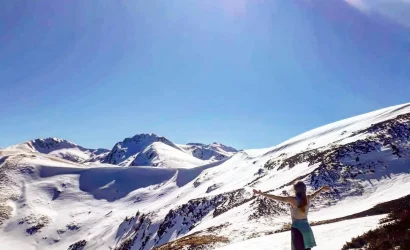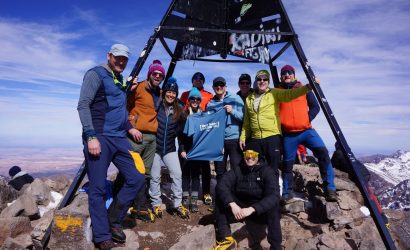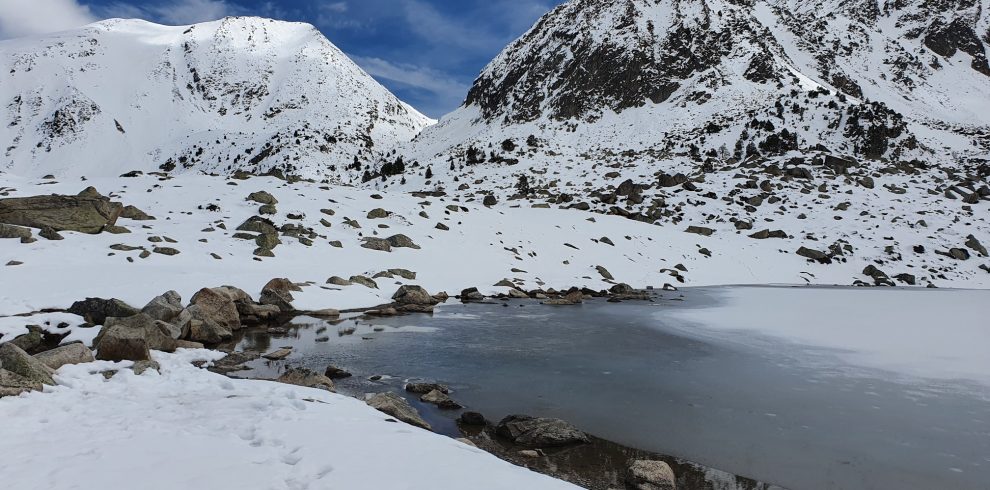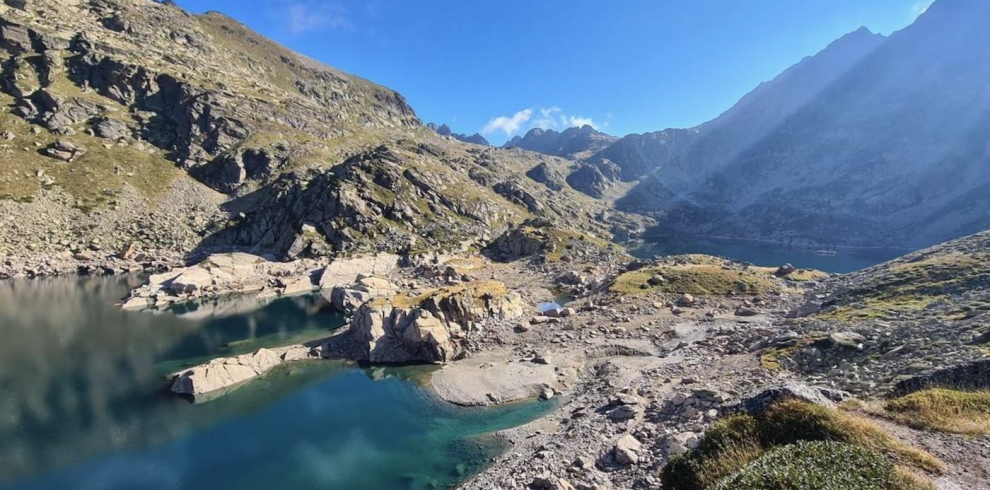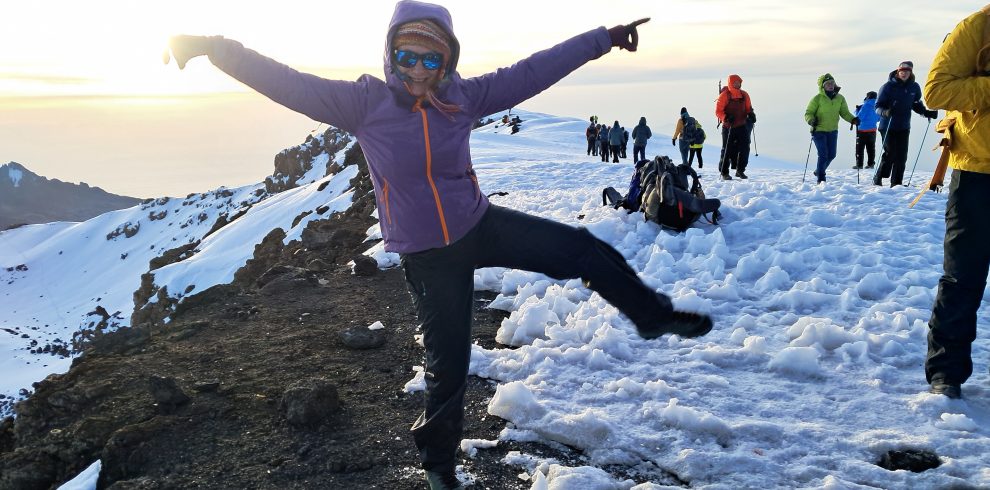-
English / French and Italian
-
6-8hrs
-
Mix of Refuges and Hotels
-
Summer
Mont Blanc - Classic Tour of Mont Blanc
The Tour du Mont Blanc (TMB) is a renowned long-distance hiking trail that circumnavigates the Mont Blanc massif, covering approximately 170 kilometers (105 miles) through France, Italy, and Switzerland.
The Tour du Mont Blanc is not just a hike; it is an immersive experience that combines stunning natural beauty with cultural exploration. Whether you are a seasoned hiker or a first-timer, the TMB offers a unique adventure that showcases the best of the Alps.
***Highlights***
- Experienced and knowledgeable guides
- Views of Mont Blanc (4810m)
- Refuge hospitality / Hut-to-Hut trekking experience
- Trek through Switzerland, Italy and France
- 4 nights in 3* hotels & 4 nights in mountain refuges OR bunk style alpine accommodation
7 Days trekking on the Tour du Mont Blanc - Europes best mountain trail
LE TOUR - COL DE BALME – TRIENT (Le Grand Ourse)
From the village of le Tour, we start an easy climb via the Chalets de Charamillon or via the balcony trail of Posettes to the Col de Balme (2200m) on the French-Swiss border. We’ll enjoy magnificent views of the surrounding glaciers of Argentiere, Le Tour and the north face of the Mont Blanc range. Descend into Swiss pastures to the village of Trient. Evening meal and night in Gîte d’Etat in Trient.
5 hour walk / Elevation: +840m -920m
TRIENT - BOVINE or FENÊTRE D'ARPETTE – CHAMPEX (Relais L’Arpette)
Cross through the pastures of Bovine via a balcony trail overlooking the Rhone valley or take a ‘high mountain’ route along the Glacier of Trient to reach the mythic Fenêtre d’Arpette (2665m). Descend to Champex. Both routes take us to Champex, the route choice will be decided by the guide who will take into consideration the groups ability and weather conditions. Night in a Gîte d’Etat. (Relais L’Arpette).
6 hour walk / Elevation: +1100m -750m (via Bovine)
6.5 hour walk / Elevation: +1300m -970m (via Arpette)
GRAND COL FERRET - ITALIAN VAL FERRET (Refugi Elena)
Today we take a local bus transfer to the village of La Fouly and then climb up through the vast pastures of La Peule to the Grand Col Ferret (2537m). There is a possible detour to the summit of the Tête Ferret. Descend into the Italian Val Ferret in the impressive foothills on the opposite side of the Mont-Blanc. Exceptional views of the Grandes Jorasses. Night in a gîte d’etet or refuge (Refugi Elena) with a possible short transfer to get to the gite (Val ferret or La Plalud, depending on availability).
6 hour walk / Elevation: +850m -800m
MONT DE LA SAXE – COURMAYEUR (Hotel Edelweiss)
Ascend to the hamlets of Sécheron and Armina. Follow the exceptional balcony trail of the Mont de la Saxe facing the south face of the Mont-Blanc range or climb to the Col Sapin. Descend to the bus station for a short bus transfer to Courmayeur.
5.5 hour walk / Elevation: +650m -1200m
COL DE LA SEIGNE - LES MOTTETS or LES CHAPIEUX (Les Chambres du Soleil)
Climb the Val Veny to refuge Elisabetta. Detour possible to the glacial Lake Miage. Continue climbing to the Col de la Seigne forming the border between Italy and France. Higher mountain detours possible via the Balcon de Chécroui and the Mont Fortin. Descend to refuge Mottets or to Les Chapieux (depending on availability). Night in a gîte.(Les Chambres du Soleil)
6 hour walk / Elevation: +850m -650m
COL DES FOURS - COL DU BONHOMME - LES CONTAMINES-MONTJOIE (Nant Rouge)
Climb to the Col des Fours (2665m) the highest point of the tour. Followed by a descent to the Col du Bonhomme, once frequented by peddlers. If night is spent in les Chapieux, climb directly to the Col du Bonhomme. Descend via the old Roman road to the chapel in Notre Dame de la Gorge. Short free bus transfer to Les Contamines-Montjoie. Night in a 3*hotel.
6.5 hour walk / Elevation: +850m -1500m
CHAMPEL or COL DU TRICOT - LES HOUCHES (Chamonix- Le Prieure / Hotel Gustavia)
Possible free transfer to La Gruvaz and climb up to the Bionnassay Glacier through the village of Champel or via the Col du Tricot (2120m) with an unmissable view close to the Dômes de Miage, the Chamonix valley and Mont-Blanc. Descend to the village of Les Houches – Prarion cable car*.
5 hour walk / Elevation: +750m -800m (via Champel)
6.5 hour walk / Elevation: +1100m -1250m (via the Col du Tricot)
*End point of the trek will be the afternoon of Day 7, at the bottom of the Prarion ski lift in Les Houches.
Transfers from CHAMONIX to GENEVA
The Tour du Mont Blanc is no easy feat. The combined elevation of the complete circuit amounts to more elevation that climbing Mount Everest! The trail goes over wild, uneven terrain, crosses high mountain passes and does have some exposure in parts.
One stage of the trail has metal ladders to climb, although there is an alternative route for trekkers who feel uncomfortable about tackling them.
Having said that walkers tackling the route in high season (July & August) need no mountaineering abilities. The trail is very well maintained and there are refuges every 5km along the trail so it’s possible to carve the trail into more digestible chunks and go at your own pace.
Most trekkers tend to spend 10-11 days completing the whole circuit but there are also many hikers that trek half the trail one year and return the following year to complete the trek.
No, absolutely not. Most hikers opt to hike the TMB anti-clockwise because it’s recommended that way in the guidebooks. The reason being the views of Mont Blanc will be in front of you, not behind.
But it’s perfectly possible to hike in the opposite direction, which will provide a much quieter trail experience in the mornings whilst the afternoons will see a steady of traffic coming towards you. The best guide book if you want to trek clockwise is Kev Reynold’s Trekking the Tour du Mont Blanc which includes the entire tour day by day anti-clockwise AND clockwise.
The Tour du Mont Blanc trail is open from June to September.
Whilst snow won’t fall until late October/November, the infrastructure on the trail that supports hikers (refuges, shops etc) close mid to end of September so whilst the trail is still passable for a few more weeks, it’s not recommended.
Snow still covers parts of the trail during the first few weeks in June so hikers should not book to trek the trail during these weeks unless equipped with crampons, ice axes and rope and know how to use them.
The busiest times on the trail are the summer holidays in mid-July and August. The quietest times to hike are June and September.
But there’s a lot more to consider than purely the busiest and quietest times. Conditions on the trail can be more hazardous in June and early July due to avalanche risk and snow on the trail. If you want to take any of the specialist public transport options, such as many of the shuttle buses (navettes), these only operate in peak season in July and August. If you want to see the mountains covered in wild flowers then early season is best (June, early July).
Hikers should try to avoid the week spanning late August to early September as endurance athletes take to the trail to compete in the Ultra Tour du Mont Blanc (UTMB). Thousands of runners compete. Having said that I’ve had feedback from readers saying they loved trekking the TMB during this amazing race. Your call. I’ve never trekked during this week.
Hikers frequently see marmottes on certain sections of the trail. These large squirrel like mammals like to nest in burrows near rocks & emit a whistling sound when threatened. You will likely encounter them on stage 3 of the TMB walking down from the Col de la Seigne into Italy just after the La Casermetta environmental centre, on Stage 5 along the Mont de la Saxe near Courmayeur and in the Aiguille Rouge National Park on Stage 10. Keep your eyes peeled.
Chamois and Ibex are also often seen on the trail, particularly on stage 10 of the Tour du Mont Blanc when the trail passes through the Aiguille Rouge nature reserve.
A chamois is a small antelope regularly seen in this region normally at around 2000m. They have short rounded horns. The ibex is a magnificent beast, much larger than a chamois, with larger impressive horns which are ridged according to their age. Ibex habit the higher mountain over 2000m and are less common than chamois but you may have a chance to see them in the Aiguille Rouge National Park on stage 10.
There are various public transport options along the route that you can take if bad weather is predicted, you don’t feel feel or you are just plain dog tired!
If you’re planning on just taking hand luggage with you on your flight to Switzerland, you will be unable to bring trekking poles with you as they are not allowed on the flight unless they are in checked luggage.
Trekking poles are absolutely essential in trekking the Tour du Mont Blanc so if you can’t bring your own, you can either post them to yourself at your first night’s accommodation in Chamonix (but this can be costly depending on where you are located in the world), or you can buy or rent them in Chamonix.
We would recommend renting from Technique Extreme (200 Avenue de l’Aiguille du Midi) as they offer the lowest pricing.
If you want to buy poles but can’t take them back with you, consider gifting them to local school Ecole Jacques Balmat, who run an annual ‘bourse’ to raise money for school trips. Contact me for more details.
Most of the time no. These are high altitude mountain huts often above 2000m. Expect not to be able to connect and enjoy switching off and onto nature.
The high mountain huts on the Tour du Mont Blanc serve hearty meals, often 3-4 courses. Of course some offer a higher standard of evening meal that others (Bonatti, Nant Borrant, Mottets & Refuge de la Nova are excellent). As the tour passes through three different countries, you’ll get the chance to sample each’s cuisine.
First course is normally soup (or risotto or bruschetta in Italy) followed by a local dish of diots (sausages), tartiflette (a cheese & bacon gratin), or stew. Expect a cheese dish to follow and then dessert such as apple tart or pana cotta.
Wine or beer flows generously in all mountain huts. This is not included with your dinner and will be extra. Expect to pay 10-15 euros for a carafe of wine.
Refuges and 3* Hotel Accommodation
FTT include all accommodation on the trek, the evening before and the final day of the trek, totaling 8 nights. Four of these will be in 3* hotels, and four will be in Alpine refuges or guest houses in traditional bunks alpine styled.
For the latter two types a pillow, sheet and blanket are provided you will ONLY require a sleeping bag liner.

